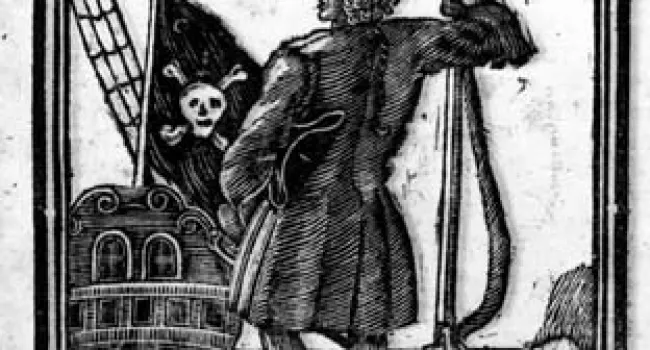
Photo
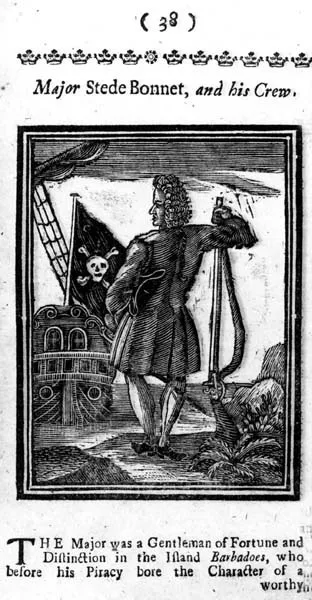
In the early 18th century there was sometimes very little difference between legal piracy--the licensing of "privateers" to seize merchant ships of an enemy during a time of war--and illegal piracy on the high seas. The West Indies and the North Carolina inlets both provided protective harbors for the latter.
Courtesy of the Library of Congress.

Photo

Photo

Photo
Grades: 4 8
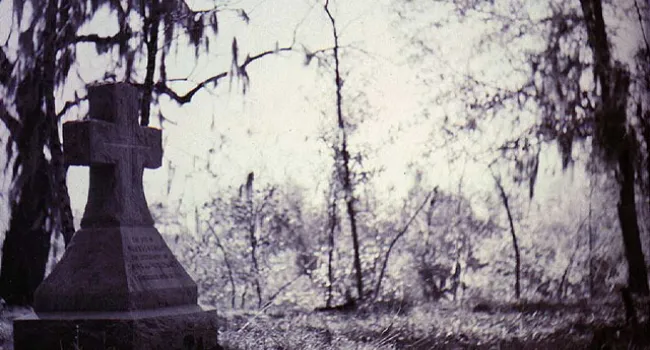
Photo
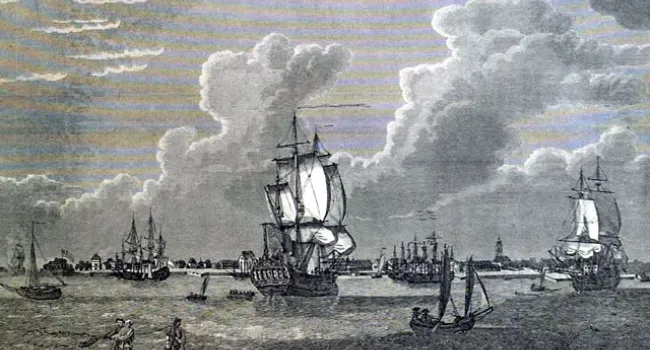
Photo
Grades: 8
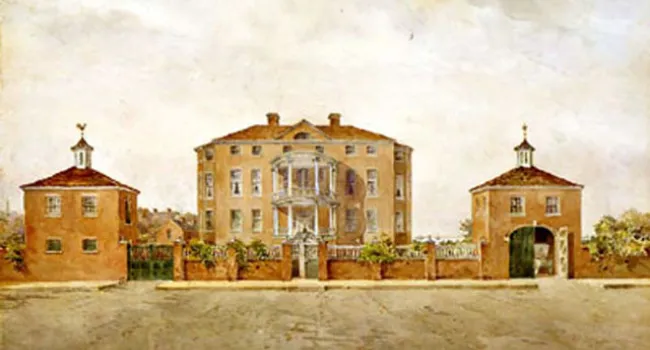
Photo

Photo
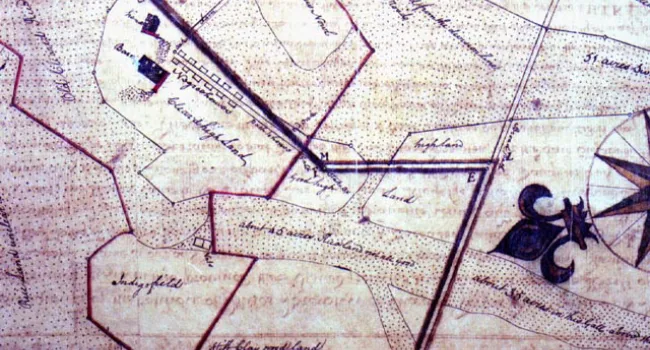
Photo

Photo

Photo
Grades: 4 8
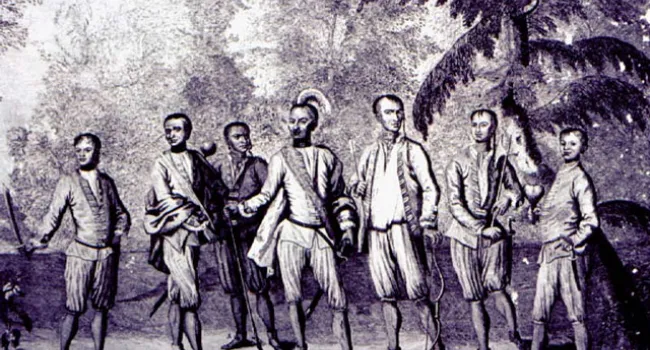
Photo
Grades: 4 8
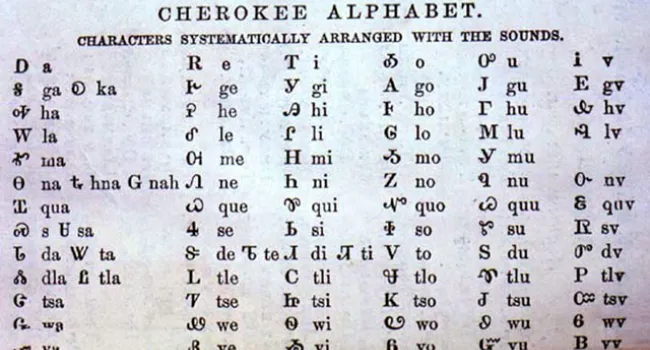
Photo
Grades: 4 8
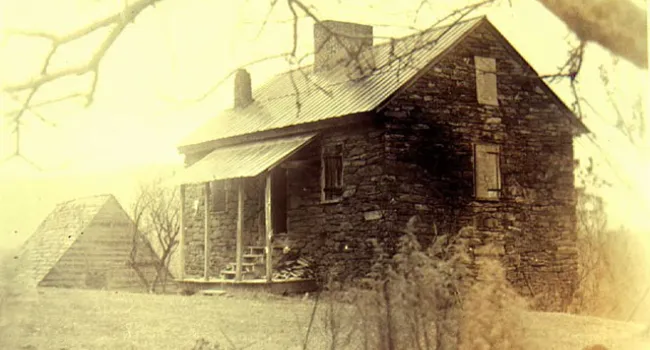
Photo
Grades: 4 8

Photo
Grades: 4 8
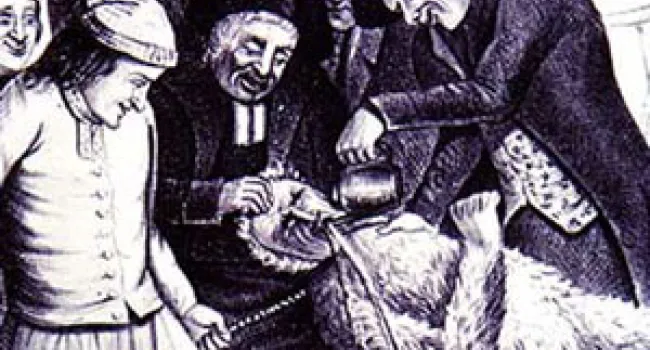
Photo
Grades: 4 8 9 10 11 12

Photo
Grades: 4 8
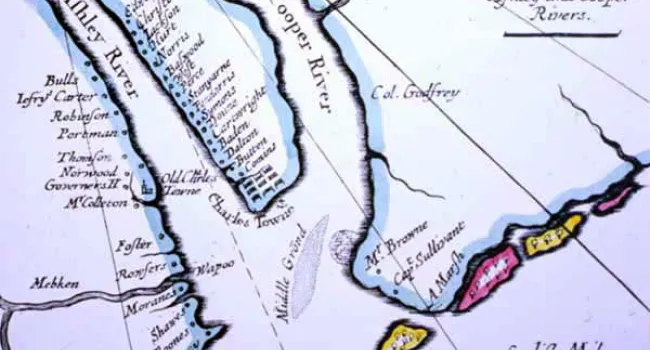
Photo

Photo
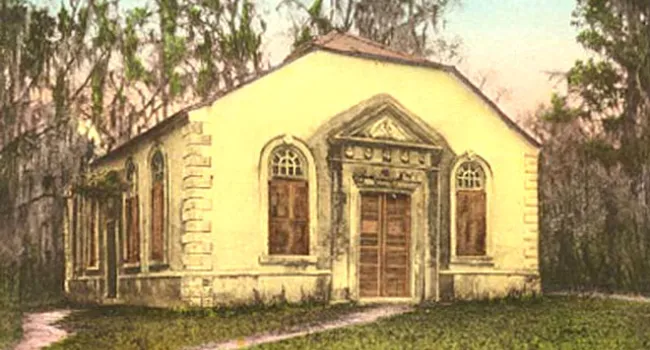
Photo
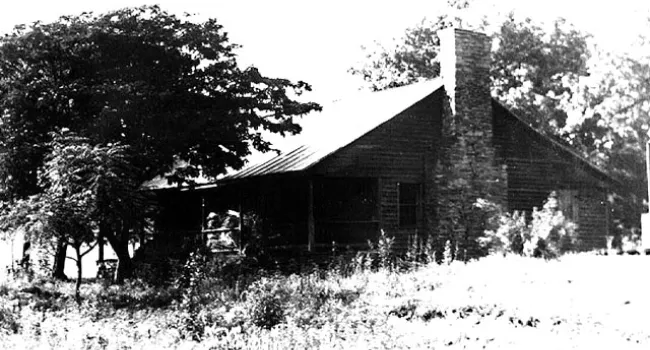
Photo
Grades: 4 8
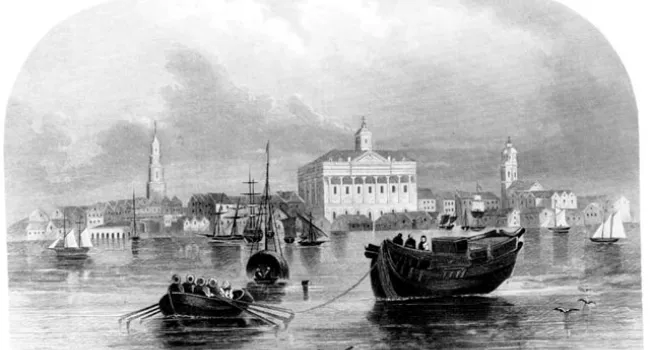
Photo